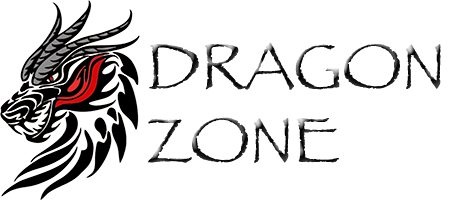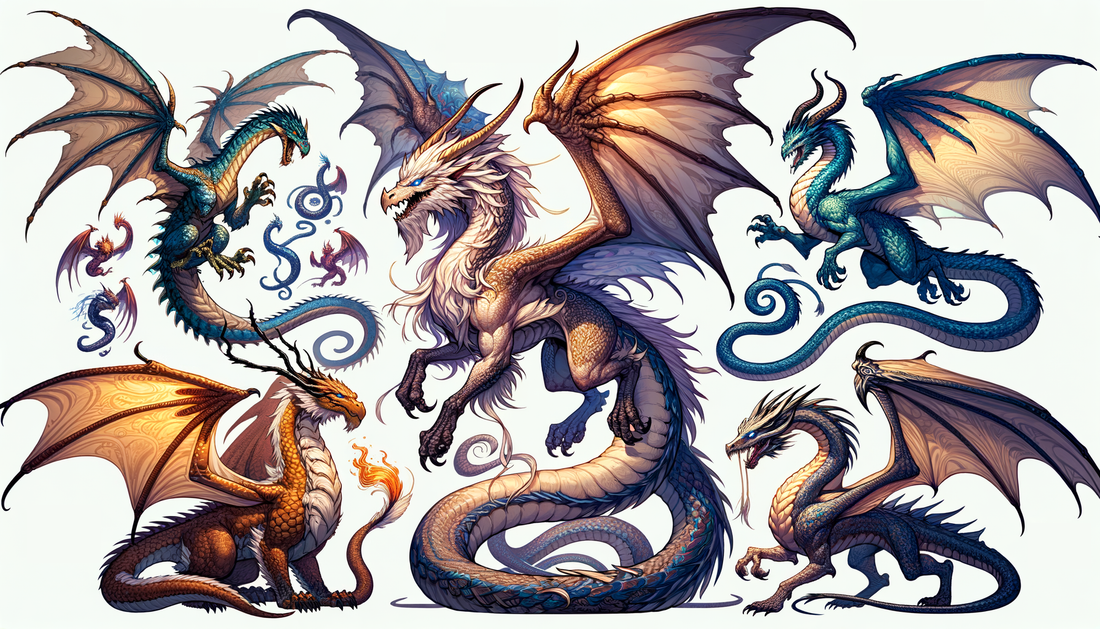Dragons are mythical creatures that appear in various cultures and folklore worldwide. While the specifics of dragon types can vary greatly depending on the cultural context, there are some common themes and categories that are often seen in mythology, literature, and popular culture. Here are several types of dragons:
-
Western Dragons: These are perhaps the most well-known dragons in Western culture. They typically have large, bat-like wings, four legs, and are often depicted as breathing fire. Western dragons are often portrayed as powerful, fearsome creatures guarding treasure or terrorizing villages.
-
Eastern Dragons: Found in East Asian cultures such as Chinese, Japanese, and Korean mythology, Eastern dragons are more serpentine in appearance, often without wings. They are associated with water, wisdom, and good fortune, and they may have various powers such as controlling the weather or bringing rain.
-
Wyverns: Wyverns are dragon-like creatures with two legs and wings, often depicted as more agile flyers than traditional dragons. They are commonly seen in European heraldry and medieval literature.
-
Hydra: In Greek mythology, the Hydra is a multi-headed dragon-like creature. When one of its heads is cut off, two more grow in its place, making it a formidable opponent for heroes like Hercules.
-
Drakes: Drakes are smaller dragons, often without wings or with smaller wings compared to full-sized dragons. They may appear in various forms in mythology and fantasy literature.
-
Sea Serpents: These are dragon-like creatures associated with the sea. They often appear in stories of maritime adventures and are sometimes depicted as having multiple heads or serpentine bodies.
-
Celestial Dragons: Found in Chinese mythology, celestial dragons are associated with the heavens and are believed to control celestial phenomena like eclipses.
-
Elemental Dragons: In fantasy settings, dragons may be associated with different elements such as fire, water, earth, and air. Each type of elemental dragon has powers related to its element.
-
Chromatic and Metallic Dragons: These categories are commonly found in Dungeons & Dragons and other fantasy settings. Chromatic dragons are typically evil-aligned and include colors like red, blue, green, black, and white, each with its own abilities. Metallic dragons, on the other hand, are often good-aligned and include types like gold, silver, bronze, copper, and brass.
-
Lindworms: Lindworms are serpent-like dragons found in Norse and Germanic mythology. They may have two legs or none at all, and they often guard treasures or are associated with hero tales.
These are just some examples, and there are countless variations and interpretations of dragons across different cultures and stories, making them a rich and diverse part of folklore and fantasy.

